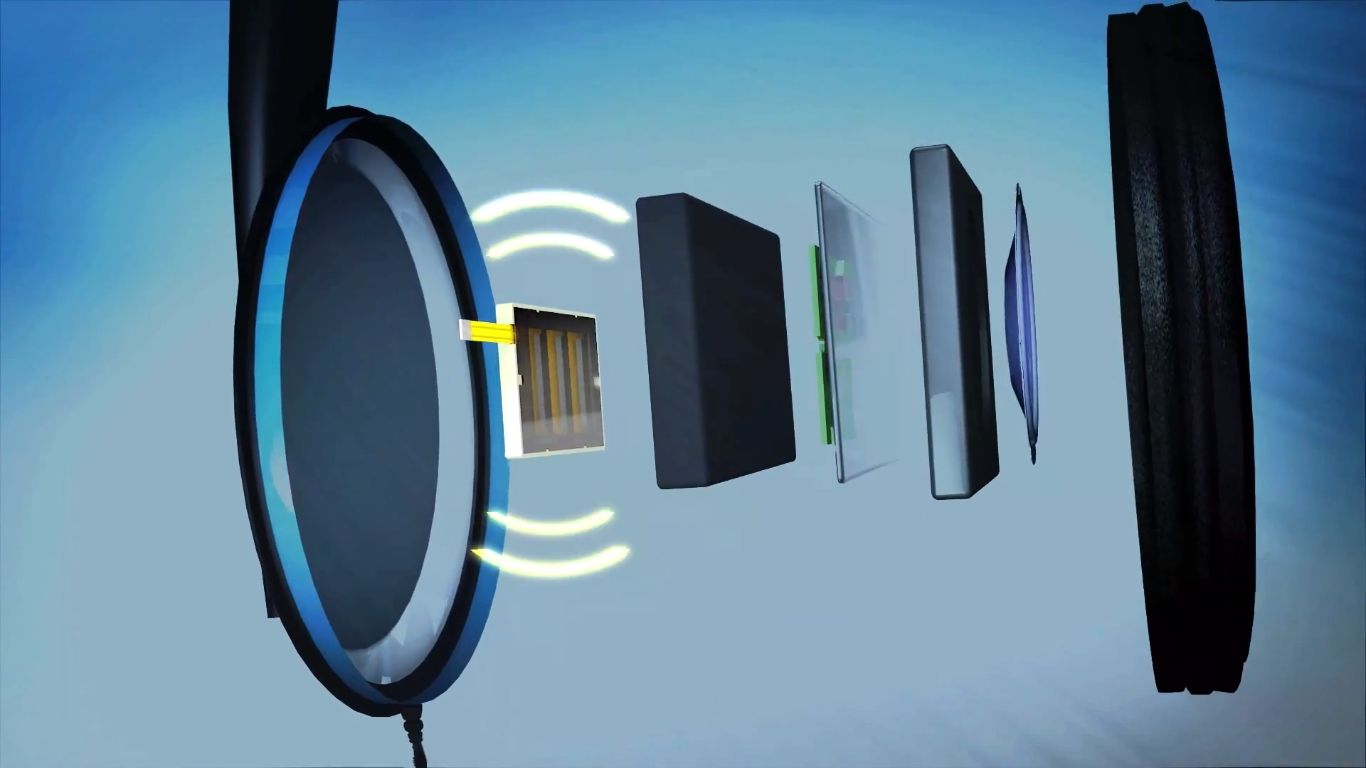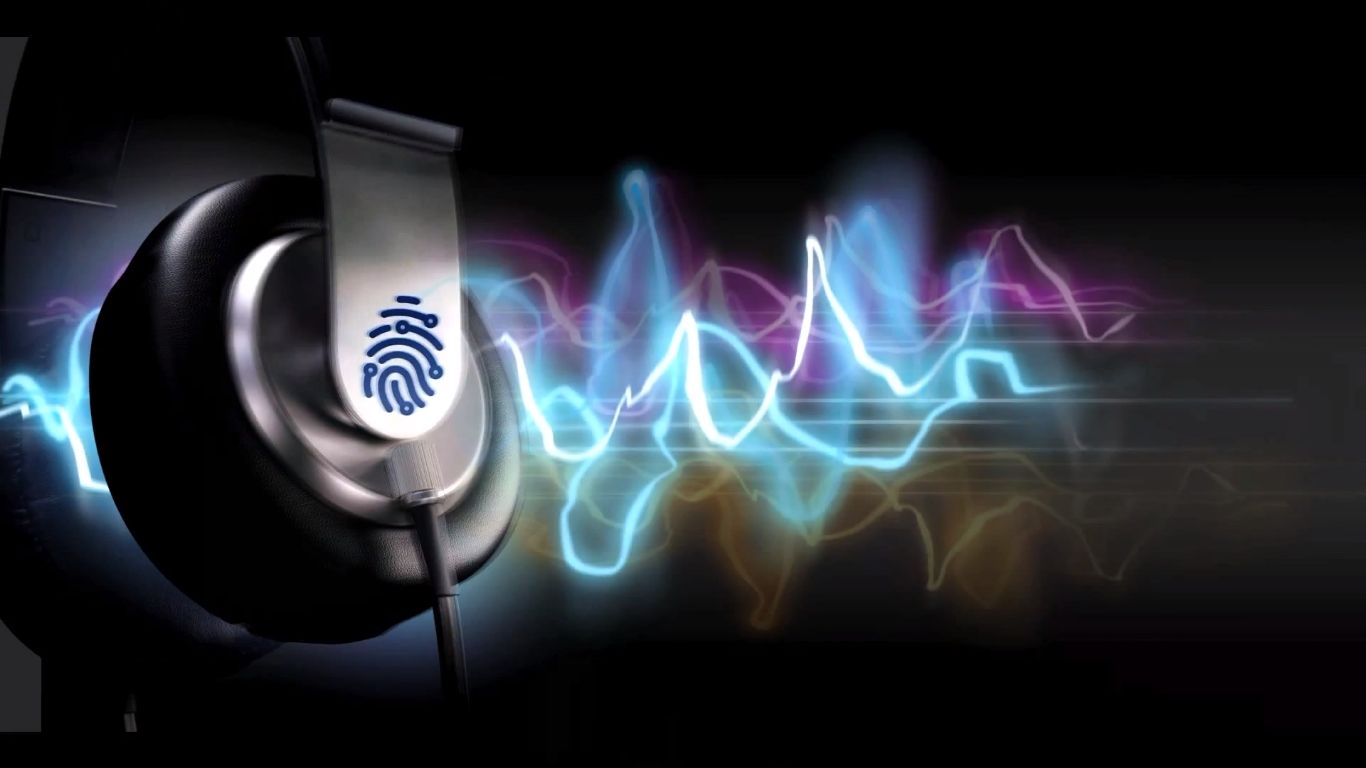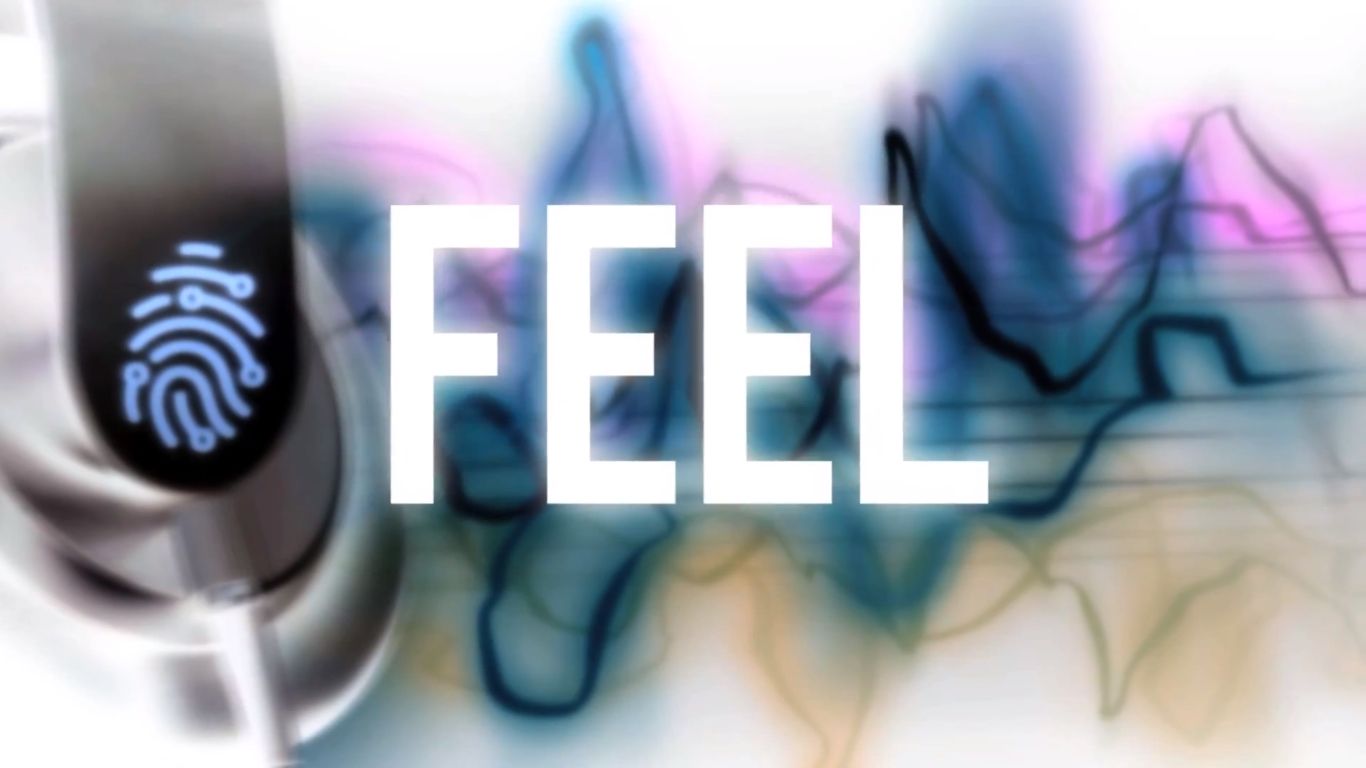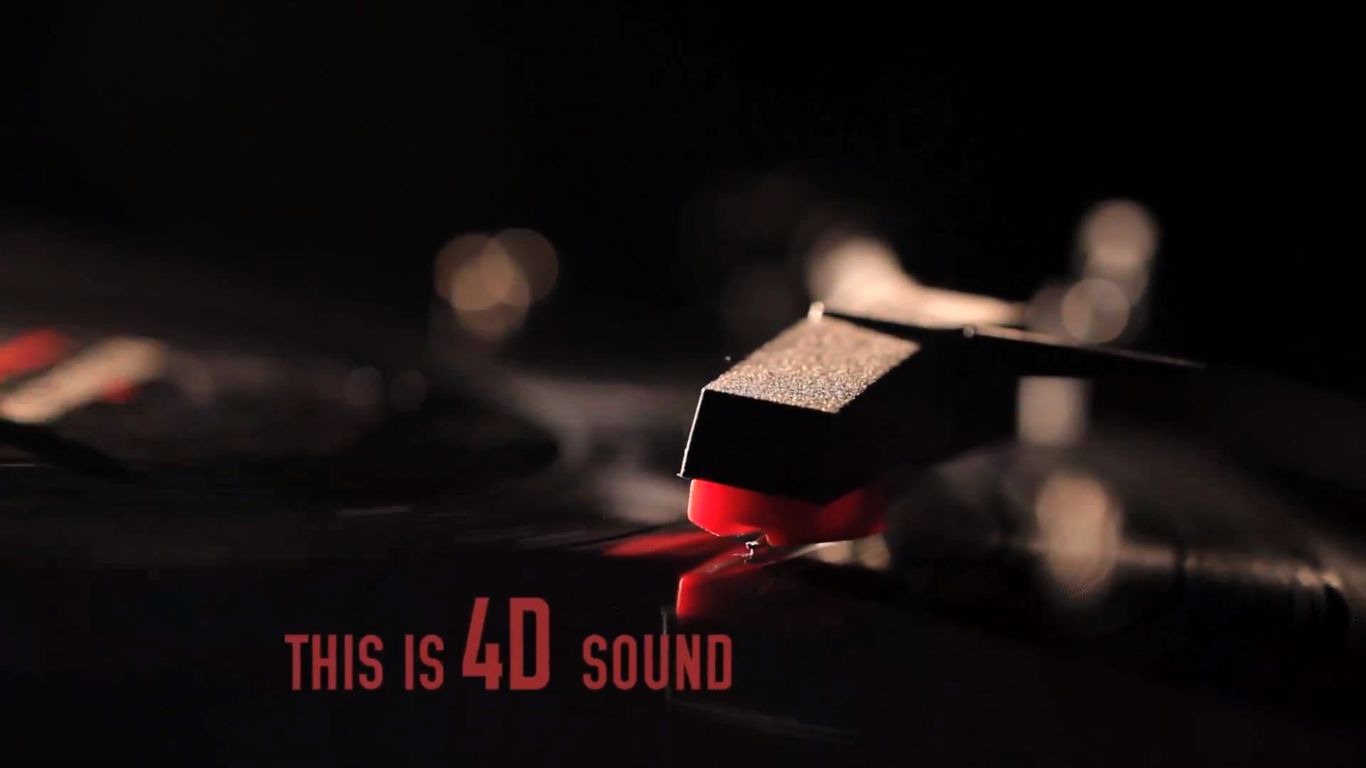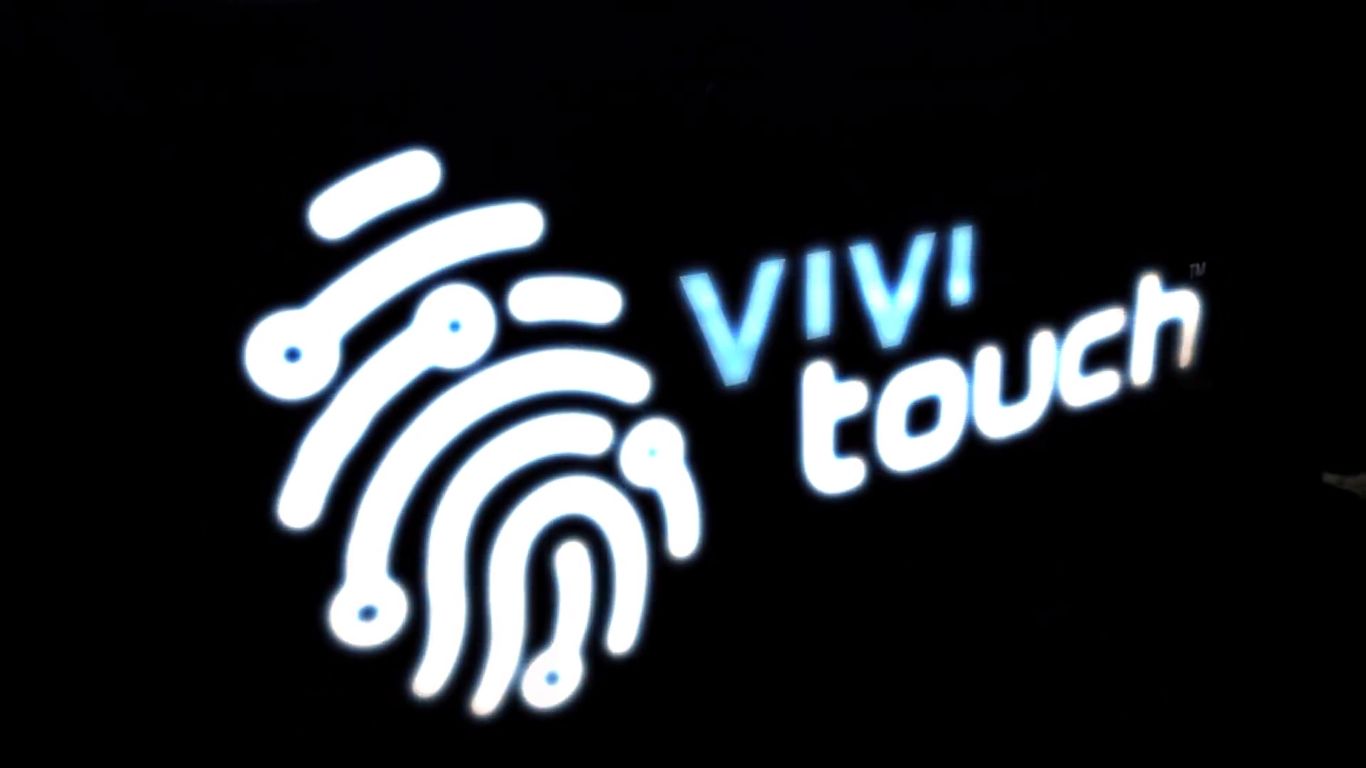At E3 this year, I had the chance to experience the power of "4D Sound" in Able Planet ViviTouch headphones, opening up a way to experience sound with headphone technology. It allowed me to both listen and feel in surround sound, as if I were in the very room--mere inches away--from where the instruments were playing for my favorite songs.
So it was with great pleasure that DualShockers welcomed Dirk Schapeler, who sat down with me to explain the power of ViviTouch and the future of HD Feel technology.
Masoud: First of all, thank you for taking the time to do this: Dianna [DualShockers' Community Manager] and I were really excited about ViviTouch. Could you start off by telling us what brought about the idea of ViviTouch technology, and the concept of 4D Sound?
Dirk: Well I started to work on, electro-active polymers (EAP) in 2006 in Germany at the Bayer Corporation. I was scouting the topic and started with a small research team to work on this really cool technology. The technology is basically a new kind of electrical motor: it's really cool stuff because it's made of a polymer that--with exposure to electricity--starts to change shape and move. It does that in a very energy-efficient way, so it's perfectly suited for battery-powered devices, and it does that also very quickly. Which means so quickly that you can use it as a speaker as well, or to generate vibrations, in a very nice and understandable way.
In the beginning we were using this technology to work on all kinds of cool stuff. You wouldn't believe what was happening in the lab: we had, like, flying little robots, and artificial fingers and more--
M: Like a mad scientist lab!
D: (laughs) Yes! We had a lot of fun, but I'm also responsible for making business, so I had to limit it to one application. And the one application was to enhance touch screen vibrations, like smartphones and in tablets, and bring back the feel, to enhance those devices with vibrations that are linked with events that happen in your software or your user interface.
M: I have heard about this a lot: the idea of expanding its application and being able to touch your phone and actually feel what's on your phone--details, texture, etc.
D: Yeah. And of course you have that already today, when you put your phone on silent and you get an alert and it vibrates, but all it really does is give you an alert, right? And what we're trying to do is make a difference in feedback when there is an alert, or whether there's a game with an explosion or a car crash in your game and stuff like that.
We work with all kinds of purposes, all kinds of gaming controllers, and we work with a variety of consumer electronic companies, and--not to give any priority to any specific one--but all of the big names that are out there that are making tablets and phones are working with us. The same thing with console gaming controllers, as well for the PC space, as well as for controllers made for mobile gaming.
M: This is something of great interest to both my readers and myself especially, the studies of how this technology applies to different things. ViviTouch, for example, was my first time experiencing it with headphones, but then I've also seen this technology applied to other things like vests--so you can feel gunshots when you play first person shooters--and more. Are these some of the applications you all are looking forward to?
D: This technology is exactly the space we work with, although our technology lends itself best to very small devices and battery-powered devices. I know of this vest you speak of: that might be an interesting market for the future, but it's a little more of a niche. A lot of people pull out their phones or they switch on their console, and they don't want to pull on something.
M: I imagine it would be far more expensive for gamers at this moment since it's so niche and rare.
D: That's right, and it's also more expensive than just having basically one device in your phone or one controller.
What you will see coming out soon is game controllers for the mobile game space: meaning that there are customers who have now committed to commercialized prototypes. And we have many prototypes of game controllers that will link up to your Android or iOS device, so when you play games with those and don't want to play on the touch screen--but you want to hold something in your hand like a typical D-pad controller--there are now very small devices that are quite nice. And actually, when you hold them in your hands with our ViviTouch technology, you don't expect them to give strong feedback. So a lot of people, the first time they try it out, say "Oh wow, I didn't expect that! Where does this come from!"
Two years ago, one of my colleagues came into my office and said "Dirk, why don't we put our technology into headphones?" And I told you we had a lot of whacky ideas (laughs) and I asked "Why would we do that?" Anyhow, two days later he puts the first mark up on my head and it was amazing: really awesome. Of course not as nice as the headsets we've developed in the meantime, but basically gave us an idea.
Then when we further developed it and optimized the settings, and then showed it to a headphone company, we could just see that these headphone companies and a lot of these big brands have been looking for something like that a long time, and they were just really amazed by it. So we saw that we really had something in our hands, and today we have three companies that will launch this year: two of them are Mad Catz and Able Planet [who we spoke to about ViviTouch at E3 2013], and the third has decided not to go public yet, because they have another methodology to go to the market, but it's actually a really great brand in the audiophile space, so we're very proud to have them sign up for us.
You wouldn't believe it, but there are more than 130 headphone brands, and of those 130 brands we decided that around 50 of them would be interested in our technology. Some others are too much high end, or they are in the much cheaper categories where our technology doesn't make much sense either: out of those 50 we are working with 30, and these are companies from all over the planet, so we really get a lot of flight too.
Once we have launched, we will work on a next generation of headphones that are even better, in terms of even more precision and more optimizations, and miniturizing it, so that it can put it in your earbud. We also would like to expand into the hearing aid space. When you imagine someone who never needed to use a hearing aid, but all of a sudden had an illness and needed to use an aid, these current hearing aids they can only make a certain spectrum of frequency: meaning that everything that is low frequency, it cannot reproduce it. So these people, they are quite unhappy about it, because they can't really understand speech again.
But everything that adds to the sound--like, listen to your music, if you have a nice car, with the stereo--you can't hear it because of the hearing aid! So we are trying to bring back sense and that experience back to them, but that's a little more down the line.
M: When I was at the presentation at E3, they mentioned "That Deaf DJ," and how excited he got about the technology.
D: That's absolutely right: Robbie Wilde, he has been trying this out, and he actually has been coming to our labs. We will work with him for a full week just to further developer this and in that sense really optimize it for music, which is of course his realm.
M: Can I assume that it's not just for people who having hearing aid issues, but for people who are fully hearing impaired that these can be applied to? It made me think of when I was kid, and I used to be told that people with hearing lost could put their ears to the surface of where music was playing to feel the vibrations and feel music. Can this technology be applied to that idea?
D: That's really what we're trying to target there: we have been looking into maybe a specific headphone for people, but actually talking to people who are hearing impaired, there's actually a little bit of an emotional aspect because they don't want to have a headphone that has a big handicap sign on it. They want the same cool stuff as everyone else. It may not be the smallest thing to make a special version, but maybe there might be a version where you can independently tune the left and right version or whether you just have some additional dials that you can't include for everybody, but particularly hearing impaired.
M: Going along the idea of how people respond to the technology, has there been any crazy or unique reactions to it? Be it hearing impaired individuals or in general? I saw the video you all put up showing how amazed everyone was who tried it, and of course Dianna and I were amazed. Were there any interesting stories of how people felt about the product?
D: How it all got started in the hearing impaired space was that one of my colleagues has a daughter, and one Monday morning said "My daughter, she always wears these Beats headphones, and makes them so loud she's upstairs and I can still hear the music!" And for her, this is in order to hear anything, right? And I said "Why don't you take one of our headphones home and have her just try it out and see if the vibrations make it much better?" And so he did that the same day and the next morning he came back and said "Well, I didn't bring the headphones: she isn't giving them back!"
M: [Laughs]
D: The other story is actually with Robbie Wilde, "That Deaf DJ." We met him the first time in our private suite to show off our technology in January, and Robbie came by with his manager to try out our headphones, and I said "If you want, there's our lead engineer here, we will show them to you." And I was talking to Robbie's manager and suddenly the engineer came over and said "Dirk, I think something is wrong." And I said, "Why, what's wrong?" And he said "Robbie... is crying." And it was because he was amazed! [Laughs] He kept putting in his own music, and he had been listening to some of his songs a million times--
M: I can imagine--
D: And he discovered something new in that song that he had been listening to over and over again, and it was emotionally overwhelming. And for me, that was one of the nicest experiences in a long time, someone really being overwhelmed by a product of our design.
M: What kind of range of specialized headsets will be available when you launch? And speaking of which, when will you launch?
D: What Mad Catz and Able Planet are communicating right now is that they will launch in the September/October time frame, meaning that you will find those headsets in the stores around this time. The production is ramping up as we speak, and on range of headsets, Mad Catz will launch a gaming headset called FreakForty, and AblePlanet is planning to launch six different headphone models: one specific for gaming, one specific for audio, a noise canceling one you use can use when you travel on the plane or bus, a special one for the TV when you don't want to disturb the rest of the family, and a couple of other ones. There's some other big companies that will be making announcements in the next few months, though I can't speak about them right now.
M: What other types of advancements would you like to see in this field, and what about ViviTouch and the Bayer brand gives you guys the edge over everyone else?
D: In this field, I think the user interfaces today are overloaded. Let's take a car; let's not do a phone for once: when you get into a car, they have lots of buttons and blinking and beeping all over the place, and you're overloaded with all this information. Today we are only mainly using the audio and visual channels in humans, and we all know we are overloaded and they might not get that information, and in the worst case their might be an accident or something.
This so-called driver distraction is a big topic and we're trying to do something about it. One of the solutions is tactile feedback, tactile cues that can serve as information. So instead of having these beep-beep-beeps when you back up your car, you might be feeling the beep-beep-beep in your hand. And you don't have the annoying beeps as you're listening to your navigation or while you're on a phone call or listening to your child next to you.
M: Very interesting! Sounds intuitive and more direct. I've seen this idea with certain things, like in gaming. If your character is going the wrong way in a racing game, for example, it'll try to warn you you're going the wrong way and sometimes it'll vibrate. That would be amazing with real cars. I never thought about how a simple change could simplify things like that. I live in New York City, and you have so many distractions: you have people running across the street, balls bouncing because kids are playing nearby, you sometimes have the trains overheard, noise from whoever is in the car with you, music and more, and the last thing you want to do is look at your dashboard or hear something and say "What is that now?"
D: But it has to be something like how you said earlier, intuitive. Nobody wants to say "Oh, what was that vibration? I have to look it up!"
M: [Laughs]
D: It has to be something that is compelling and intuitive. So that is possible and doable but it's not just nice feedback you need, but something people want to touch. For example the first time they brought out this cover that you would put on a computer mouse, or any device that had this soft touch, it was kind of smooth and nice to feel. Now when you think about your phone and it vibrates and alerts you, yeah it works, but it's not nice. I mean, you get something like "Yeah yeah, I get it, I'll get up."
Now you can use this as technology people permanently use or very often use as a communication channel, but it has to have a feel to it that people appreciate and that is not annoying. And that brings me to the point of what we can do with ViviTouch.
We are using studies that show people like frequencies that are in the range of 70 to 80 hertz, and they don't like frequencies that are higher, like 250 to 300 hertz. And the vibratory motors in phones are in the range of around 300 hertz. Something interesting as well is that when a bee approaches your ear, their wings flapping, they are in the range of 300 hertz. That is something that your body reacts to quite well, because it's an alert: it's by nature inherently a frequency that alerts you and tells you "Well, pay attention, this thing might sting you." And that's probably where it comes from--I can't be a hundred percent--but we found that data and thought it might be related.
So I think with ViviTouch we might be able to make very distinct responses and feedback in the right frequency range that you can really target and use as a way to communcate with humans, and make more compelling experiences.
And that's what our product is about, more compelling experiences.
M: Thank you for taking the time to talk about ViviTouch with DualShockers and all of our readers. And to our readers, stay tuned for more news when ViviTouch launches later this year.


